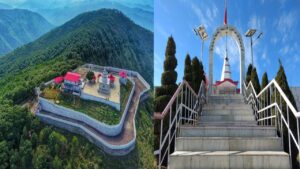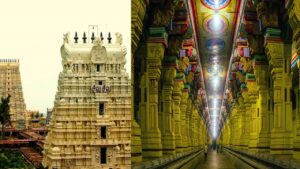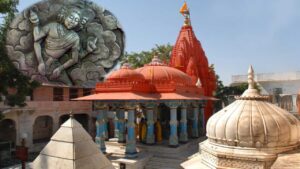What Were the Activities Associated with Chola Temples
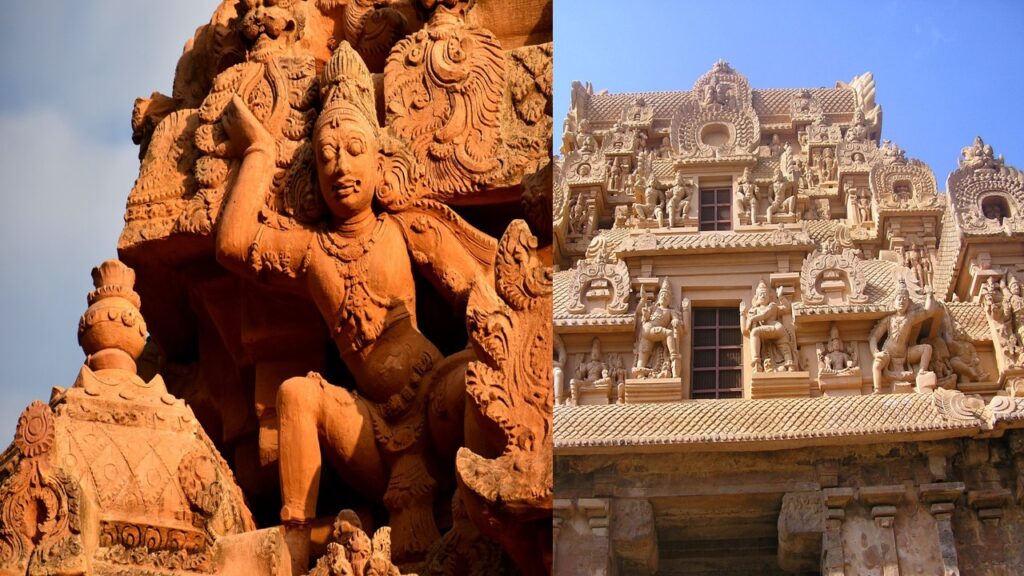
Chola Temples, built by the Chola dynasty in South India, were not just places of worship but also vibrant centers of cultural, social, and economic activities. These magnificent structures served as a testament to the grandeur and architectural brilliance of the Chola civilization. In this article, we will explore the various activities associated with Chola temples, highlighting their significance in the history of India.
Rituals and Worship
Chola temples were primarily dedicated to various Hindu deities. Rituals and worship formed the core activities within these temples. Priests and devotees would gather daily to perform elaborate rituals, including offering prayers, lighting lamps, and conducting ceremonies. The rituals aimed to appease the deities and seek their blessings for the well-being of the people and the kingdom.
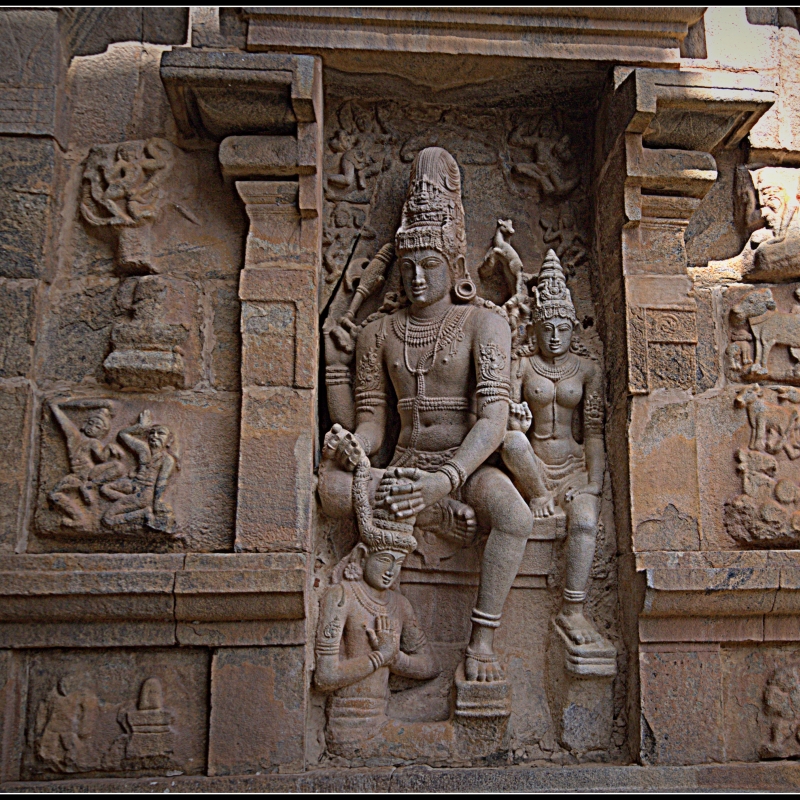
Art and Architecture
The Chola temples were renowned for their exquisite art and architectural features. Intricate stone carvings adorned the temple walls, depicting mythological stories, gods, and goddesses. The gopurams (towering entrance gateways) were decorated with elaborate sculptures, showcasing the Chola dynasty’s artistic finesse. The temples’ architecture followed a distinct Dravidian style, characterized by pyramid-like structures, massive stone pillars, and intricately carved vimanas (towers).
The art and architecture of Chola temples were a defining aspect that attracted visitors and devotees from far and wide. These temples became iconic symbols of the Chola dynasty’s creativity and aesthetic sensibilities.
Education and Learning
Chola temples served as centers of education and learning. They housed educational institutions known as gurukuls, where students were taught various subjects like mathematics, astronomy, literature, and music. Scholars and teachers would impart knowledge to the students, promoting intellectual growth and cultural development.
The presence of gurukuls in Chola temples facilitated the dissemination of knowledge and fostered a culture of learning within the community.
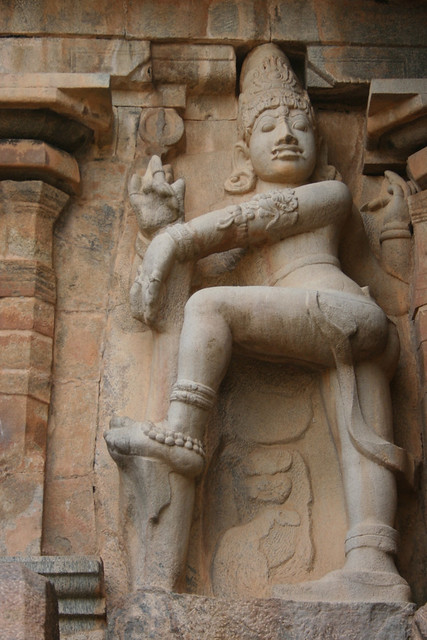
Economic Functions
Chola temples played a crucial role in the economic life of the society. They possessed vast land holdings and received generous endowments from the rulers and wealthy patrons. The temples became economic powerhouses, engaging in agriculture, trade, and commerce. The surplus wealth generated by these activities was utilized for the upkeep of the temples, funding festivals, and supporting charitable initiatives.
The economic activities associated with Chola temples contributed to the overall prosperity of the region and the well-being of the local communities.
Cultural Festivals and Performances
Chola temples were hubs of cultural festivities and performances. Various religious and cultural festivals were celebrated with great pomp and splendor. Dance and music performances, known as Bharatanatyam and Carnatic music, respectively, were an integral part of temple festivals. These art forms, still thriving today, owe their origin to the rich cultural traditions fostered by the Chola temples.
The vibrant cultural festivals and performances organized within Chola temples brought people together and preserved the artistic heritage of the region.
Administration and Governance
Chola temples had a well-organized system of administration and governance. Temple authorities, known as the Devasthanams, managed the day-to-day affairs of the temples. They were responsible for conducting rituals, maintaining the premises, and ensuring the smooth functioning of the temple activities.
The efficient administration and governance of Chola temples contributed to their long-lasting legacy and continued influence in the region.
Social Welfare and Charity
Chola temples were actively involved in social welfare and charity work. They provided support to the less privileged sections of society through various initiatives, including food distribution, healthcare, and education. The temples acted as centers of community development, promoting inclusivity and compassion.
The social welfare and charity activities conducted by Chola temples demonstrated their commitment to serving the needs of society and uplifting the underprivileged.
Preservation and Restoration
Over the centuries, many Chola temples faced the ravages of time and natural disasters. However, dedicated efforts have been made to preserve and restore these architectural marvels. Organizations and authorities have undertaken restoration projects to ensure the longevity of these historical sites and their cultural significance.
The preservation and restoration activities carried out for Chola temples safeguard their heritage and allow future generations to appreciate their beauty and historical importance.
Influence on Later Dynasties
The activities associated with Chola temples left an indelible mark on later dynasties and their temple-building traditions. The architectural style, artistic motifs, and religious practices influenced the construction of temples in subsequent periods. The legacy of the Chola temples continues to inspire and shape the temple culture in South India.
The activities associated with Chola temples had a profound and enduring impact on the religious, cultural, and architectural landscape of India.
Conclusion
Chola temples were not just religious structures but thriving centers of diverse activities. From rituals and worship to art and education, these temples played multifaceted roles in society. They contributed to the religious and cultural fabric of the region, promoted intellectual growth, supported the economy, and fostered social welfare. The legacy of Chola temples stands as a testament to the rich heritage and grandeur of the Chola civilization.
FAQs
Q: How old are the Chola temples?
A: The Chola temples date back to the 9th to 13th centuries, during the reign of the Chola dynasty.
Q: Were Chola temples only places of worship?
A: No, Chola temples were not just places of worship but also centers of cultural, social, and economic activities.
Q: What is the architectural style of Chola temples?
A: Chola temples follow a distinct Dravidian architectural style characterized by pyramid-like structures and intricate stone carvings.
Q: Did Chola temples contribute to the local economy?
A: Yes, Chola temples played a significant role in the economic life of the society through agriculture, trade, and commerce.
Q: How have Chola temples influenced later temple construction?
A: The architectural style and religious practices of Chola temples influenced temple construction in subsequent dynasties, leaving a lasting impact.

